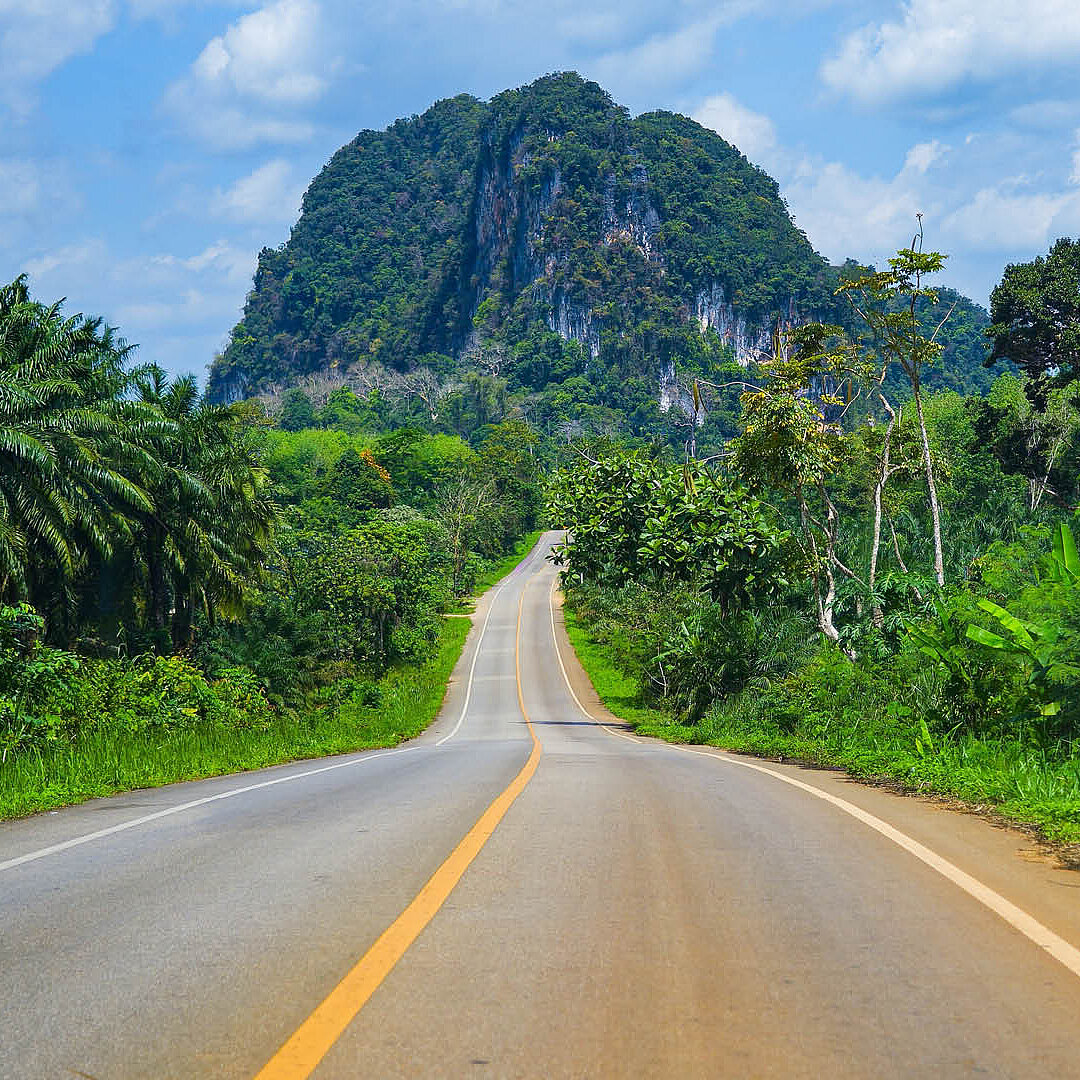Hydrogen in Southeast Asia: navigating policy, partnerships, and high hopes
Renewable hydrogen can be a tool to enhance energy security and accelerate decarbonisation in Southeast Asia. However, it’s crucial to target its use to no-regret applications and carefully assess demand, while prioritising direct use of renewable electricity in the region’s energy transitions.

Today, almost the entirety of the world’s hydrogen supply is based on natural gas. This could pose a serious energy security risk for Southeast Asia, which is expected to become a net importer of natural gas by 2025, with growing demand potentially met by liquefied natural gas (LNG). With the expected tightening of the global LNG market, price-sensitive buyers in Southeast Asia may need to look for alternative solutions. In addition, unabated LNG is a fossil fuel and not compatible with a net-zero future.
Renewable hydrogen can be a tool to enhance energy security and accelerate decarbonisation in the region. However, it should be viewed as a ‘precious fuel’ where the demand should be carefully assessed and not oversized. Direct use of renewable electricity is cheaper and more efficient than the production of renewable hydrogen. Regardless of the future of domestic and global hydrogen demands, scaling up renewables is the priority and a low-hanging fruit in the energy transition.
Southeast Asia’s hydrogen demand is expected to grow dynamically with applications in the power and industrial sectors
Hydrogen demand in Southeast Asia is currently around 3.2 million tonnes/year, mostly coming from the petrochemical industry and supplied by domestic production. The future hydrogen demand in the region is expected to grow dynamically, with some level of uncertainty depending on economic growth, industrialisation trends, and the pace of decarbonisation in line with net zero commitments. Some regional scenarios estimate hydrogen demand to range from 7-34 million tonnes a year in 2050.
The expansion of steel production will be one of the key drivers of hydrogen demand. If all the projects in the pipeline materialise over the next five years, Southeast Asia will more than double its crude steel production capacity, reaching 163 million tonnes. This is equivalent to European pre-COVID crude steel production. So far, the majority of Southeast Asian steel production relies on electric arc furnaces – partly due to secondary steel production. However, most of the new steel projects in the region are mega mills that rely on carbon-intensive blast furnace technologies. Avoiding the eruption of carbon emissions in this industry will require a shift towards renewable hydrogen, instead of coke, as a reducing agent.
The region sees hydrogen/ammonia cofiring as a mid-term option to reduce emissions in the power sector. Southeast Asia has almost 80 GW of young coal fleet in operation (less than 20 years old). While some countries, like Vietnam and Indonesia, have committed to phasing down unabated coal, they expect to reduce the emissions of the fleet by blending in “clean fuels”. In its latest Power Development Plan draft (PDP 8), Vietnam lays out its plan to cofire its coal fleet starting from 2035, increasing cofiring gradually before phasing out coal altogether in 2050. The IEA also projected that ammonia would supply up to 10% of Southeast Asian power generation in 2050.
However, cofiring coal power plants with ammonia is a controversial use of hydrogen, mainly due to inefficient energy use, sustainability issues, high cost, and lock-in risk. Cofiring with fossil-based ammonia can result in more emissions than a gas power plant, due to emissions from ammonia production.
It is better to consider renewable hydrogen as a precious fuel that needs to be used wisely and with discretion. Its demand must not be oversized and it must play a key role in increasing the flexibility of the power system i.e. targeted as a dispatchable backup for renewables and seasonal energy storage, not as a baseload technology. For the power sector, there are cheaper and cleaner options, such as renewables plus batteries, to meet the bulk of electricity demand.
Clear government support for the development of renewables is crucial to drive down the cost of renewable hydrogen
Southeast Asian countries have sufficient renewable resources to supply domestic electricity demand and produce renewable hydrogen. Renewable hydrogen costs in Southeast Asia are expected to be competitive with fossil-based hydrogen well before 2030. IRENA estimates that the region could produce 50-500 million tonnes of hydrogen below 2 USD/kg by 2030, more than sufficient to meet regional demand (less than 50 million tonnes of H2).
The outlook for fossil-based hydrogen in several countries is undermined by declining gas production, limited LNG supply, and rising gas prices. On the other hand, renewable hydrogen cost depends on technology costs (CAPEX of electrolysers, influenced by global technological and market development), cost of renewables electricity, and the cost of capital, which is largely influenced by country regulatory frameworks. Reducing the cost of renewables will be crucial, not only to reduce the cost of renewable hydrogen but also to achieve affordable electricity.
Despite its high potential, solar and wind supply still accounts for less than 5% of Southeast Asia's electricity mix – except in Vietnam where it reached nearly 15% of the power supply in 2022. Greater deployment of renewables in the region must be prioritised as the most cost-effective decarbonisation tool, irrespective of domestic and global hydrogen demand.
Renewable energy targets announced by governments or utilities have not yet considered renewable hydrogen developments. Most countries in the region are currently revising their long-term energy plans, to conform to net-zero commitments. Few countries, however, have yet to realise how national hydrogen production will impact the dimensioning of their power system. This should not be overlooked. Based on a long-term energy scenario study for Thailand, producing 0.2 million tonnes of hydrogen from domestic renewable sources in 2050 would mean adding 20% of installed solar PV capacity.
H2's role must be carefully considered in the region’s long-term energy strategies
As pilot projects start popping up in the region, countries should actively define the role of hydrogen in their energy strategies. While the role of fossil gas in the power system transformation has been questioned in light of the energy crisis, most governments in the region still expect gas to play an important role in the transition. While renewable hydrogen has a role in decarbonisation, it should be prioritised in sectors where no direct electrification solutions exist, as to avoid unnecessary costs and an over-dimensioning of renewables production. With abundant renewable energy resources, Southeast Asia’s domestic hydrogen production can diversify the energy matrix, enhance energy security by reducing import dependency, and support power system flexibility. But this is not a panacea.
Clear guidance on targeted domestic demand, renewable energy supply, and import-export opportunities for renewable hydrogen could stimulate investment in no-regret infrastructure, with important socio-economic benefits such as a potential trade market and job creation. For example, Singapore has published a National Hydrogen Strategy that looks at targeted demand in industry, shipping, aviation, and hydrogen imports due to limited land availability. The strategy doesn't expect to build significant infrastructure in the short term but looks at import and storage facilities and shipping routes, learning from the country’s experience in the LNG market.
Hydrogen trade would most likely be regional, given the high demand centres in the region, which would reduce transportation costs. For instance, Japan and Korea are sending clear signals of their intention to import hydrogen from the region. Partnerships in Asia Pacific and international collaborations are essential in creating a dynamic market. A clear policy for hydrogen production, storage, and transport in ASEAN countries, as well as the definition of sustainability standards for the production of clean hydrogen, will further catalyse climate-compatible investments needed in the region.
Overall, the use of clean hydrogen in Southeast Asia needs to be focused on no-regret applications so that it can contribute to the region's decarbonisation process, prioritising the direct use of renewable electricity. Clear targets and policies for hydrogen development and applications will maximise its benefits in the region, such as enhancing energy security and flexibility of the power system. International partnerships will be key to the development of a hydrogen economy in Southeast Asia, considering key sustainability issues for the trade of hydrogen and its derivatives.
Developing the right policies and strategies requires the involvement of diverse voices from the energy and industry sectors, governments, private investors, and civil society. Agora and its partners contribute to this discussion including assessing the role of gas in Southeast Asia. Stay tuned for more insights to come.





![[Translate to English:] How Argentina can become a renewable hydrogen hub and boost global decarbonisation](/fileadmin/_processed_/8/c/csm_news_4d473bf99c.jpg)
